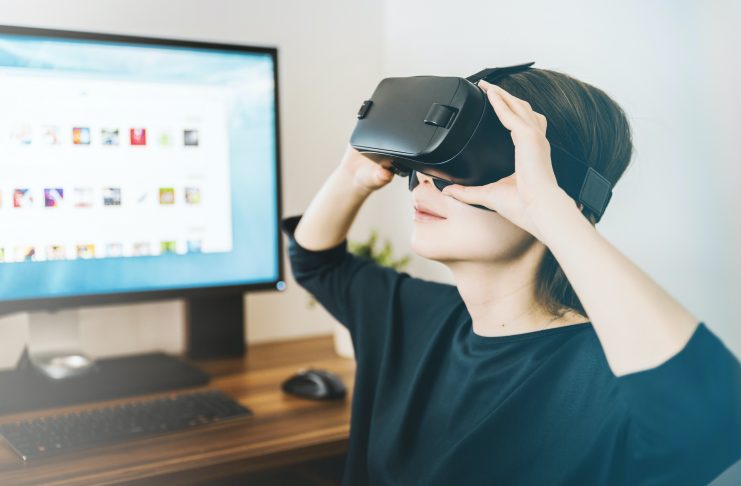The latest addition to Hi-Tech is VR or virtual reality. With VR, the dividing line between reality and the virtual world becomes even thinner. It is a digital world that people can experience akin to their physical world. The technology uses some special equipment to achieve this effect. It includes a special headset, software, and gloves. The latter helps to simulate the feeling of touch too in a VR world. The unique thing about VR is the high level of realism it offers.
We experience the world by perceiving it through our senses. Our body organs convey the world they come across to the brain. VR makes this possible for digital virtual worlds as well. VR has great potential to benefit a wide range of fields. They include medicine, entertainment, engineering, and even education.
The education world benefits significantly by introducing VR to classrooms. Educational VR worlds add a new level of depth and feeling to learning. It means students spend less time on reading essay writing service reviews, but will start doing their homework themselves.
Among the high number of potential advantages of VR in education are:
-
It Helps Learners to Blend in With the Society
In Ireland, a particular 20-school pilot program was carried out. It involved introducing VR to the classroom. As per the study, VR managed to solve many social issues faced by children. It helps otherwise shy and struggling students be more confident of themselves. It encourages students to come out of their shells. It also makes kids feel better about themselves. This self-esteem boost is derived from their advanced acquaintance with technology. The technology seems to really help minority students and those with learning problems. Even kids who have issues in their home setting benefitted from the technology. VR helps to deal with students who have different needs and styles of learning. It also makes working in groups and teaching peers easy.
-
Better Experience of Different Places
There is little that can substitute being at a place and experiencing it firsthand. Words often fail to achieve the trick, and images and videos are inadequate too. But the curiosity awakened in the student by the reference of a new place should be tapped into. VR lets students explore what they read about. They learn how something actually works. In a VR world, students feel they are a part of this educational world. Its resemblance to reality helps a lot in keeping students engaged. It gives little chance of reading material to bore the student. This is often the reason why students turn to academic writers. There is little room for the thought that I would rather pay someone to do my homework than put up with this boring stuff.
-
Learning Through Games
The childhood and adolescent love for games are pretty standard. Games are something that even quite old adults like to be a part of. It is common for even college students to feel bored with all the classroom lectures and labs. Younger students dislike it even more. With learning based on games, the syllabus really comes alive for these young people. It often makes up for a moment that students find memorable. And that is rare in traditional teaching.
With VR, teachers can use a vastly superior engagement technique. This means students are seeking less assistance from a statistics homework helper. VR teaching material opens up new exploration opportunities like nothing else. It gives the learner a chance to discover a new way to solve a problem. Creating games out of reading material makes learning great fun. Something it has rarely been.




